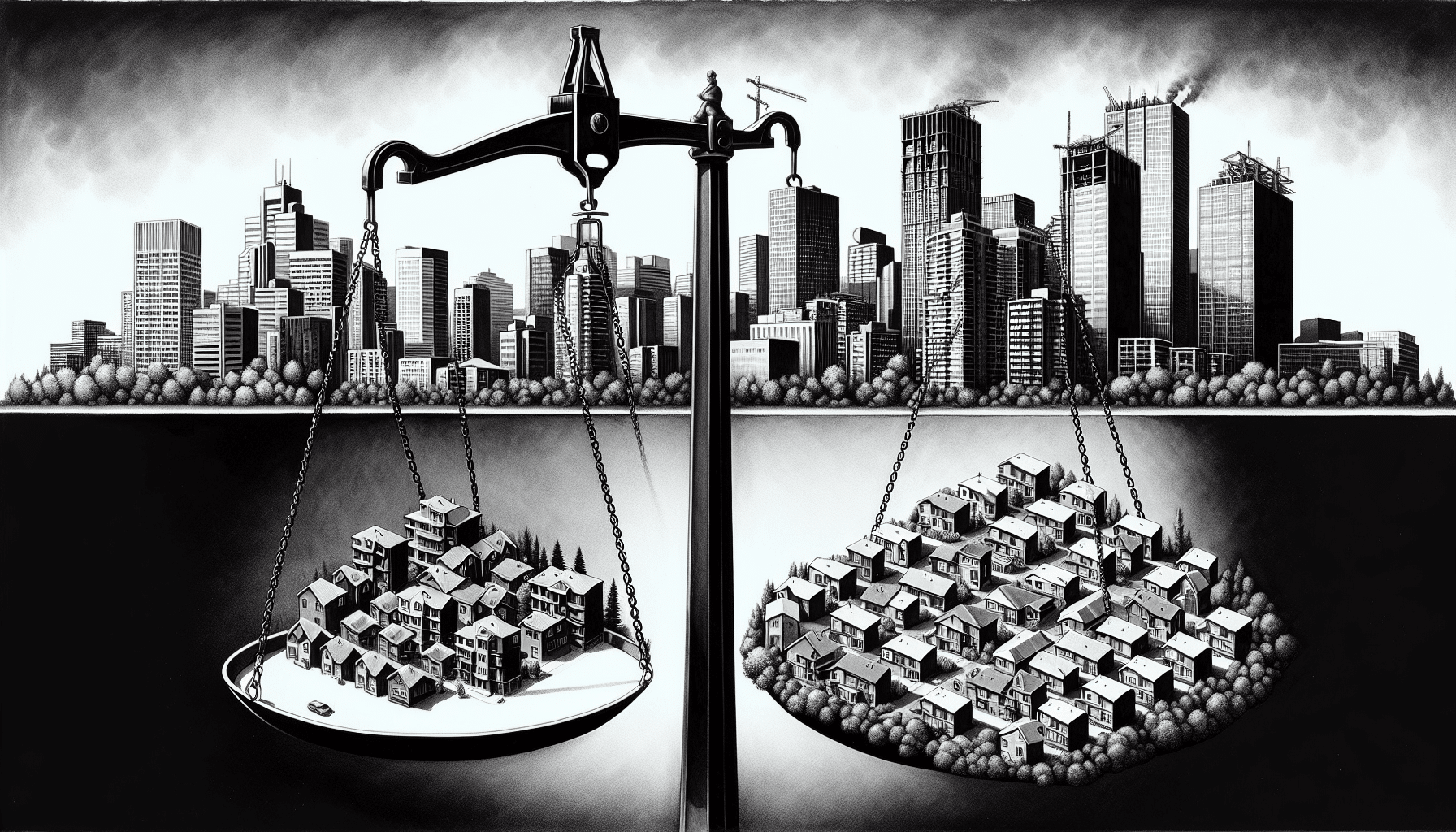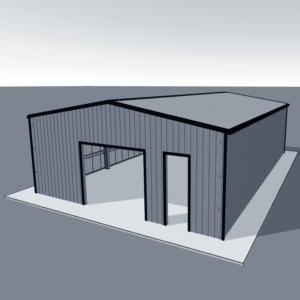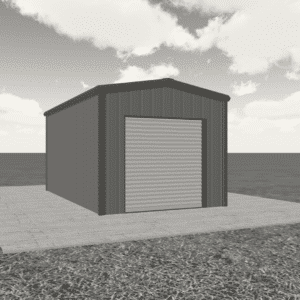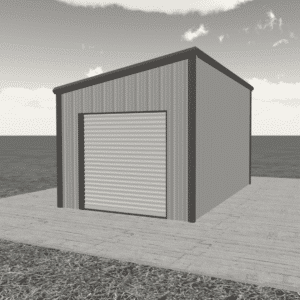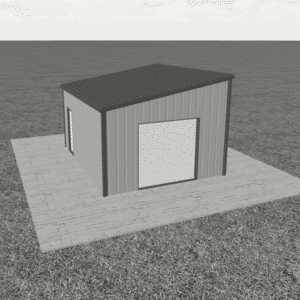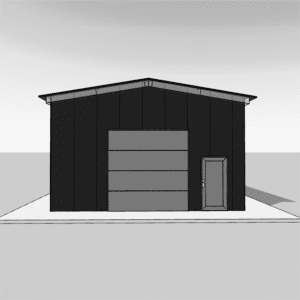Edmonton’s Property Landscape: A Comparative Assessment of Neighbourhoods and their Taxes
As is the norm at this time of the year, Edmonton homeowners are receiving their property tax assessments in the mail. It’s a period often associated with a mixed bag of feelings: anticipation, relief, shock, or even confusion. The results of the assessments can have significant implications on the property owners, renters, and those interested in real estate developments in the area.
The Edmonton Property Market: An Overview
For those unfamiliar with the process, the city’s property tax assessments provide an estimated market value for properties as of July 1 of the previous year. Thus, these assessments offer a snapshot of the real estate market, reflecting the economic conditions and property prices at that time.
In the case of Edmonton, a city with a diverse real estate portfolio that includes various construction types – from townhouses, high-rise developments, to steel buildings in Alberta, the geographical location has a significant bearing on the assessment results.
Variances across Neighbourhoods: The Big Picture
Edmonton, the capital city of Alberta, is measured in terms of its neighbourhoods, each with its unique aura, real estate developments, and consequently, varying property taxes. These neighbourhood variances often leave homeowners pondering the age-old question: how do my property taxes stack up against the rest?
The Central McDougall, a neighbourhood that’s witnessed an enormous rise in assessed value, piqued the interest of many, including real estate professionals. Sara Kalke, a real estate agent with ReMax, observed a noticeable increase in this area’s townhomes’ worth, showcasing the dynamic nature of property assessments.
What Fuels the Changes in Property Assessment?
Several factors can impact property assessments, leading to the price shifts witnessed in different neighbourhoods. These include construction and real estate developments, renovations, market trends, or zoning changes, among others.
Construction projects, in particular, can have a significant bearing on the property value. For instance, an increase in the construction of modern steel buildings or high-rise developments can alter the real estate landscape of an area, which may reflect in the subsequent assessments.
Implications and Takeaways
Understanding the property tax assessments and tracking the changes experienced in various Edmonton neighbourhoods can benefit homeowners and potential investors in multiple ways. These include aiding budgeting decisions, indicating growth areas, providing insights into market trends, and supporting investment choices.
In Conclusion
Whether you are a homeowner or a potential investor, keeping tabs on property tax assessments can grant you a deeper understanding of the market, foster better financial decisions, and help anticipate potential shifts. The variances in neighbourhood assessments serve as a testament to Edmonton’s diverse and dynamic real estate landscape.
So, how do your property taxes compare? Are you in a neighbourhood set for a growth spurt, or perhaps, one that’s plateauing? Feel free to share your experiences, ask any questions, or drop a comment below. We’d love to hear your property stories!
[Original Source](https://www.cbc.ca/news/canada/edmonton/assessments-and-taxes-how-do-edmonton-neighbourhoods-compare-1.7436770?cmp=rss){:rel=nofollow}


